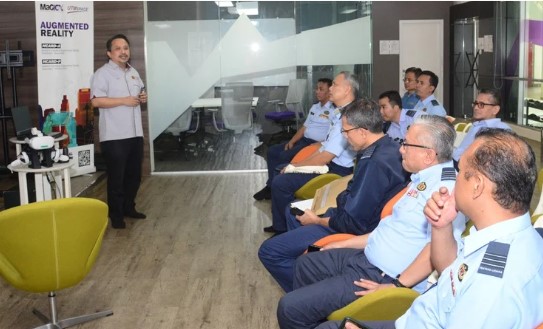The work tours offered the TUDM team a firsthand look at the different projects being developed, with particular emphasis on AR and VR technologies. These immersive technologies have significant potential in the military, offering a range of applications that can enhance training, operations, and mission planning.
VR, for instance, can be used to create realistic training environments that allow military personnel to practice scenarios in a safe, controlled setting. This includes everything from flight simulations for pilots to battlefield scenarios for ground troops, enabling them to hone their skills without the risks associated with real-world training exercises. Such simulations can be customized to reflect specific terrains, weather conditions, and mission objectives, providing highly relevant and adaptable training experiences.
AR, on the other hand, can be utilized in the field to provide soldiers and commanders with real-time information overlays. For example, AR devices can display crucial data such as maps, enemy positions, and mission objectives directly in the user’s field of vision, allowing for better decision-making and situational awareness. In combat situations, this could translate to faster and more accurate responses, ultimately improving the effectiveness and safety of military operations.
Throughout the visit, the TUDM delegation engaged in meaningful discussions with the MaGICX team, exploring how these technologies could be adapted to meet the specific needs of the Air Force. By the end of the visit, both parties recognized the significant role that these technologies could play in modernizing military training and operations, paving the way for innovative solutions that could enhance the capabilities of the Royal Malaysian Air Force.

